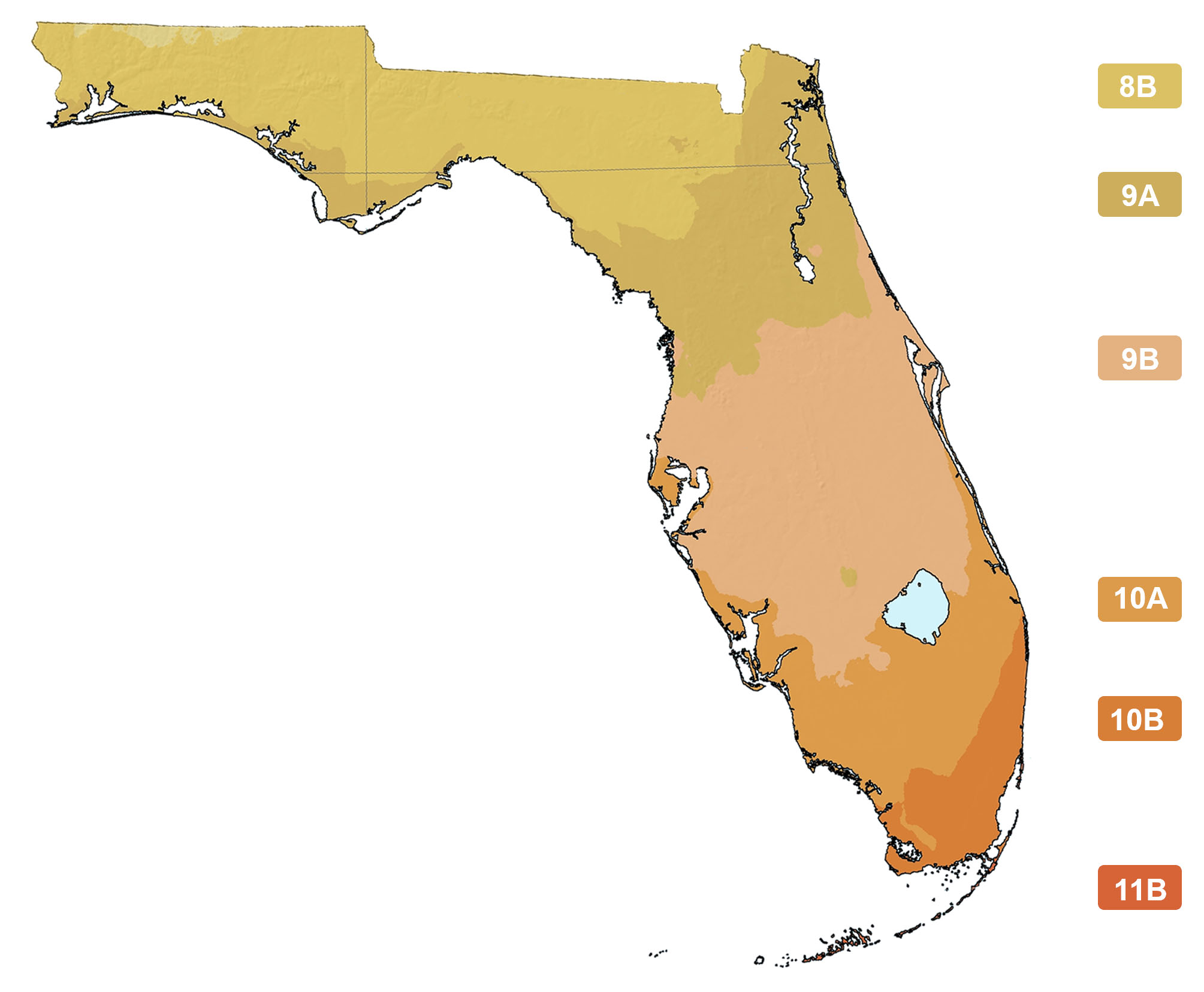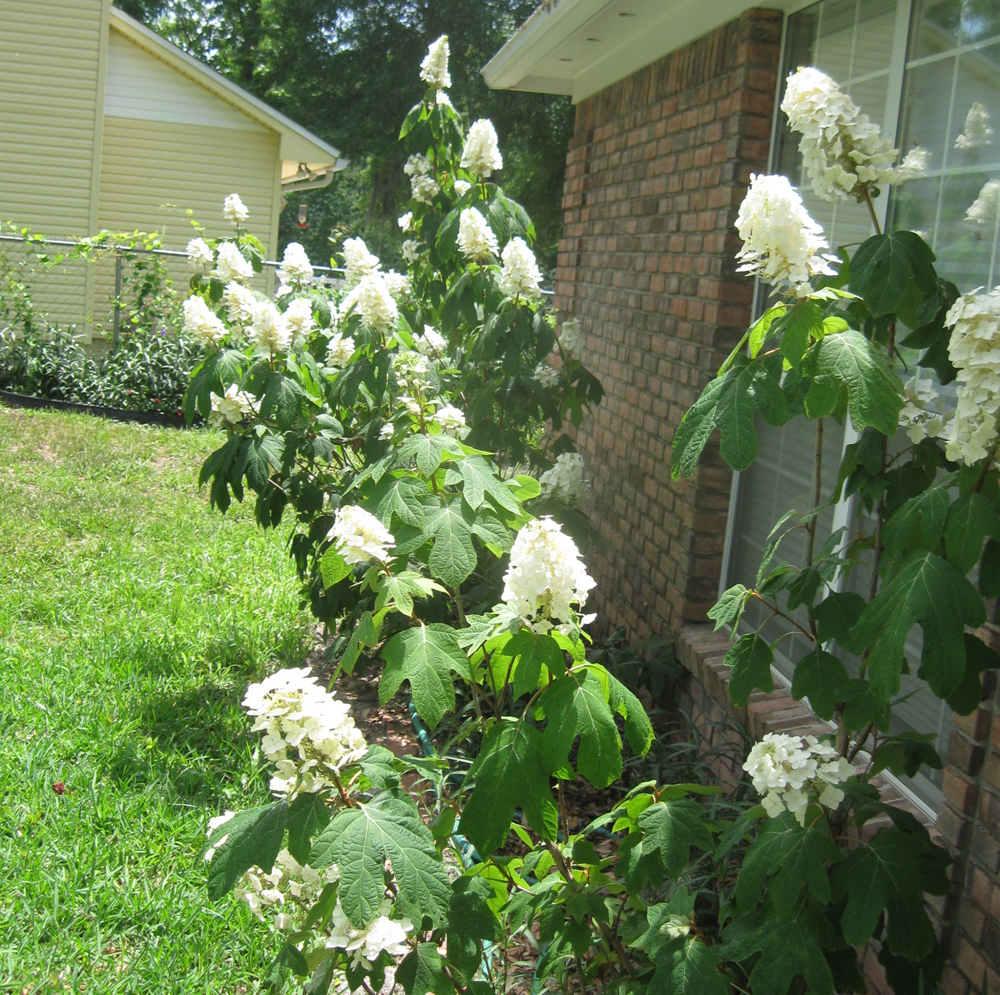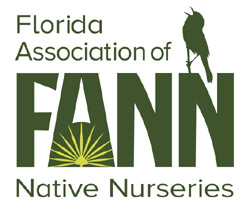Hydrangea quercifolia
Photographs belong to the photographers who allow use for FNPS purposes only. Please contact the photographer for all other uses.
Oak-leaf Hydrangea
Hydrangeaceae
Plant Specifics
| Form: | Shrub | |
| Size: | 2.5 to 12 ft tall by 2.0 to 5.0 ft wide | |
| Life Span: | Long-lived perennial | |
| Flower Color: | White | |
| Fruit Color: | Brown | |
| Phenology: | Deciduous, blooms in late spring-summer. | |
| Noted for: | Interesting bark, Showy flowers, Interesting foliage |
Landscaping
| Recommended Uses: | Specimen shrub in understory settings. Also suited to mass plantings. May be short-lived and need more TLC when planted south of its native range. | ||||||||||||||||||||||||||||||||||||||||||
| Considerations: | Prefers partial shade. If planted south of its natural range, it is best to keep it out of full sun. | ||||||||||||||||||||||||||||||||||||||||||
| Propagation: | Softwood cuttings can be rooted by dusting the cutting with root hormone, then removing most of the fully developed leaves, cutting the remaining developed leaves in half. Place the cutting in a potting mix and tent the entire moistened assembly with a thin plastic (produce), bag. Keep the bag in place and moist until rooting occurs. Air layering is another effective way to propagate. It will also colonize using underground stolons. | ||||||||||||||||||||||||||||||||||||||||||
| Availability: | Native nurseries, FNPS plant sales | ||||||||||||||||||||||||||||||||||||||||||
| Light: | Part Shade, Shade | ||||||||||||||||||||||||||||||||||||||||||
| Moisture Tolerance: |
always floodedextremely dry |
||||||||||||||||||||||||||||||||||||||||||
| (Usually moist, occasional inundation ----- to ----- Not wet but not extremely dry) | |||||||||||||||||||||||||||||||||||||||||||
| Moisture Tolerance: | Usually moist, occasional inundation ----- to ----- Not wet but not extremely dry | ||||||||||||||||||||||||||||||||||||||||||
| Salt Water Flooding Tolerance: | Not salt tolerant of inundation by salty or brackish water. | ||||||||||||||||||||||||||||||||||||||||||
| Salt Spray/ Salty Soil Tolerance: | Low/no tolerance of salty wind or direct salt spray | ||||||||||||||||||||||||||||||||||||||||||
| Soil or other substrate: | Clay, Loam, Sand | ||||||||||||||||||||||||||||||||||||||||||
| Soil pH: | Acidic to circum-neutral | ||||||||||||||||||||||||||||||||||||||||||
Ecology
| Wildlife: |
| |
| Insects: | Attracts native bees including bumblebees, syrphid flies, and honeybees. Pollinators attracted to the small fertile flowers (the large flowers are sterile) (Coleen Miko). | |
| Native Habitats: | Dry-moist sites. Upland hardwood forests and understory. |
Distribution and Planting Zones
Natural Range in Florida
USDA Zones
Suitable to grow in:
8A 8B 9A 9B

USDA zones are based on minimum winter temperatures
Comments
| General Comments: | The bark of oakleaf hydrangea exfoliates and is very beautiful. The leaves turn a variety of vivid colors prior to dropping in winter. Based on the description on the herbarium sheet, the Florida Atlas documentation for Aachua County appears to be a plants or plants persisting at an old home site. |








